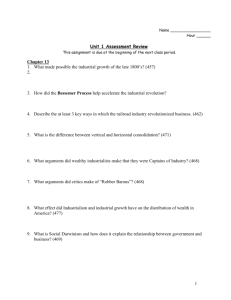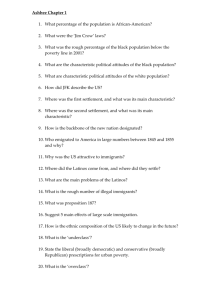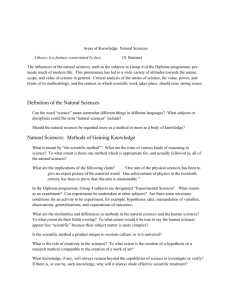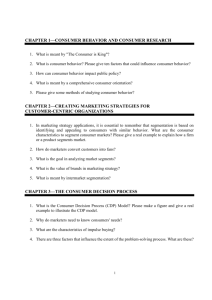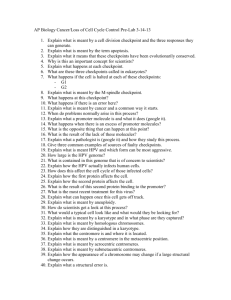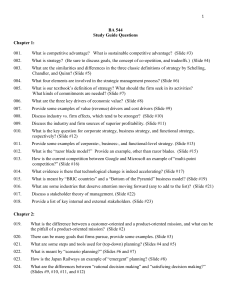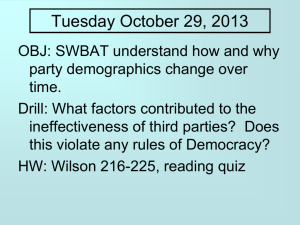AP Biology Chapter 3 Worksheet
advertisement
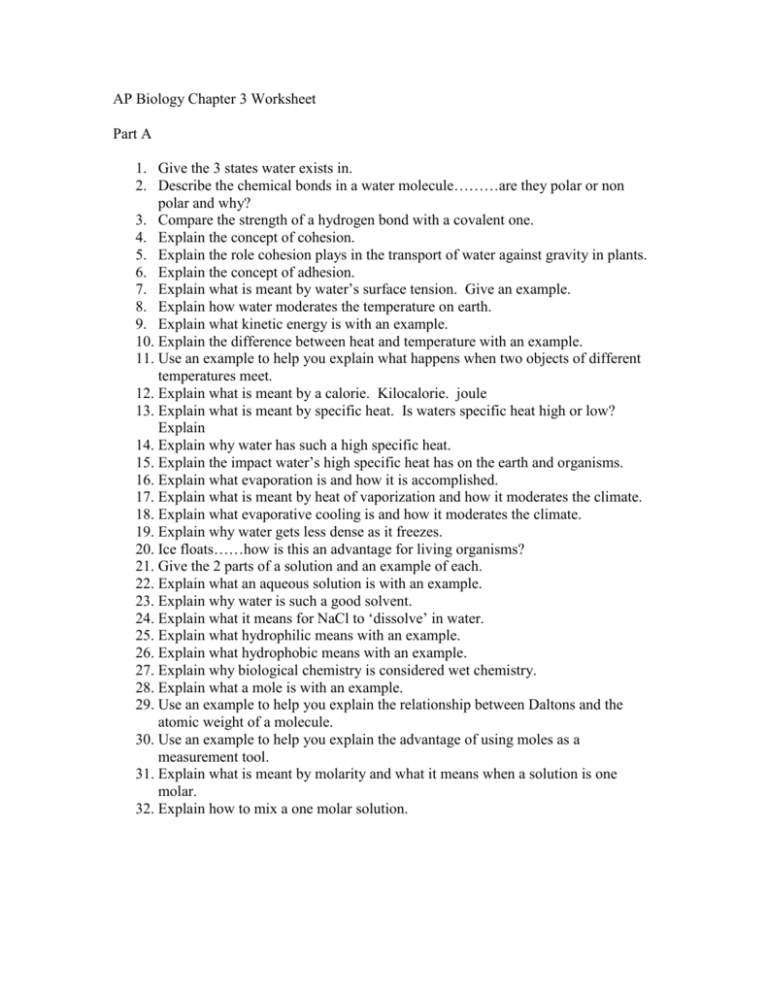
AP Biology Chapter 3 Worksheet Part A 1. Give the 3 states water exists in. 2. Describe the chemical bonds in a water molecule………are they polar or non polar and why? 3. Compare the strength of a hydrogen bond with a covalent one. 4. Explain the concept of cohesion. 5. Explain the role cohesion plays in the transport of water against gravity in plants. 6. Explain the concept of adhesion. 7. Explain what is meant by water’s surface tension. Give an example. 8. Explain how water moderates the temperature on earth. 9. Explain what kinetic energy is with an example. 10. Explain the difference between heat and temperature with an example. 11. Use an example to help you explain what happens when two objects of different temperatures meet. 12. Explain what is meant by a calorie. Kilocalorie. joule 13. Explain what is meant by specific heat. Is waters specific heat high or low? Explain 14. Explain why water has such a high specific heat. 15. Explain the impact water’s high specific heat has on the earth and organisms. 16. Explain what evaporation is and how it is accomplished. 17. Explain what is meant by heat of vaporization and how it moderates the climate. 18. Explain what evaporative cooling is and how it moderates the climate. 19. Explain why water gets less dense as it freezes. 20. Ice floats……how is this an advantage for living organisms? 21. Give the 2 parts of a solution and an example of each. 22. Explain what an aqueous solution is with an example. 23. Explain why water is such a good solvent. 24. Explain what it means for NaCl to ‘dissolve’ in water. 25. Explain what hydrophilic means with an example. 26. Explain what hydrophobic means with an example. 27. Explain why biological chemistry is considered wet chemistry. 28. Explain what a mole is with an example. 29. Use an example to help you explain the relationship between Daltons and the atomic weight of a molecule. 30. Use an example to help you explain the advantage of using moles as a measurement tool. 31. Explain what is meant by molarity and what it means when a solution is one molar. 32. Explain how to mix a one molar solution. Part B 1. Explain how hydronium and hydroxide ions are formed. 2. Explain how the equilibrium of hydronium and hydroxide ions in water can be disrupted. 3. Explain what an acid is with an example. 4. Explain what a base is with an example. 5. Explain the difference between an acidic and a basic solution. 6. Explain what a strong acid or base is. 7. Explain what a weak acid or base is. 8. What is ALWAYS the product of concentrations of H and OH in a solution? 9. Explain how this product is accomplished in a neutral solution. 10. Explain what adding H does to affect this product. Adding OH? 11. Explain how the pH scale works. 12. What is the pH of a neutral solution? Acidic? Basic? 13. Explain what a buffer is and its purpose. 14. What are buffers made of? 15. Explain the function of carbonic acid in your blood. 16. Explain how acid precipitation is formed. 17. What are the affects of acid rain in lakes and streams? Eggs? 18. Explain the controversy concerning acid rain and forests and terrestrial life. 19. How does acid precipitation affect soil minerals?



